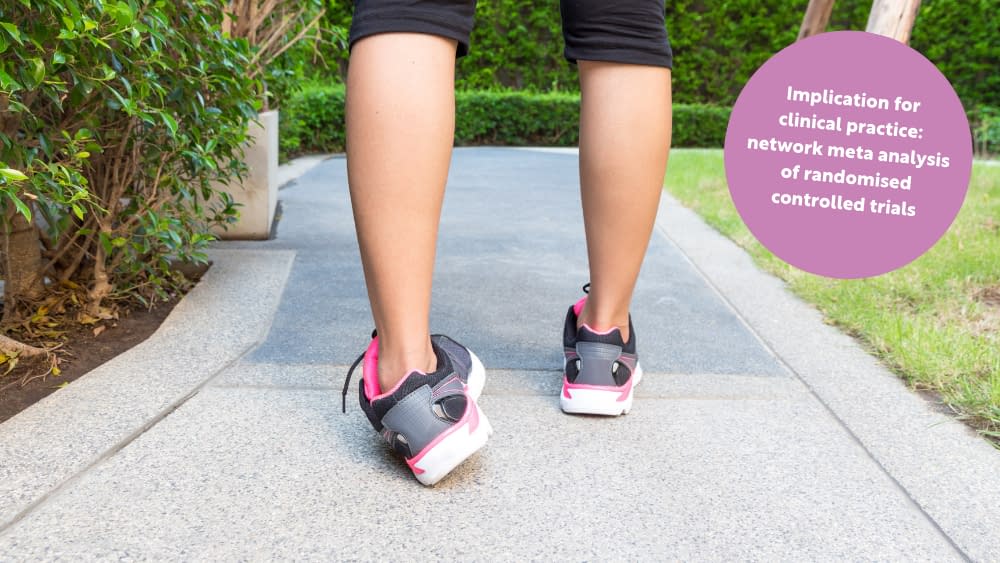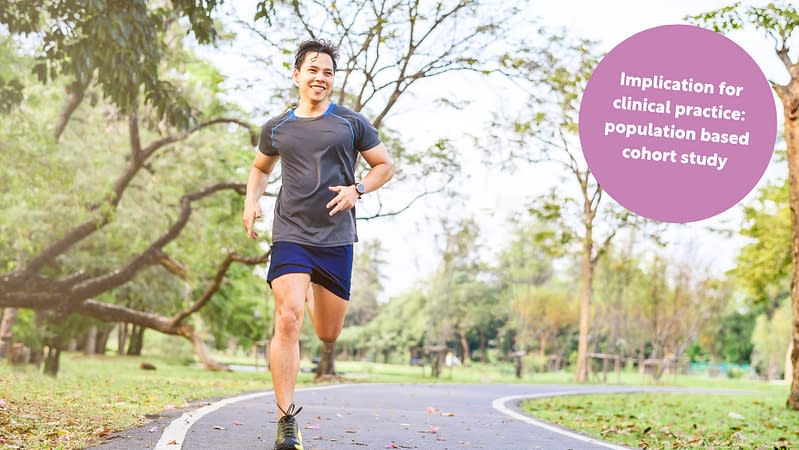Effective chronic ankle instability (CAI) rehabilitation necessitates personalised interventions, considering patient factors and longer training durations. Combining balance, strength, and manual therapy yields the best improvements in function and pain for CAI patients. Utilising objective assessments to monitor progress and ensuring adherence to structured programmes, potentially incorporating Tai Chi for long-term benefits, are crucial for optimal outcomes.
Context
To evaluate and compare the effectiveness of various nonsurgical physiotherapy interventions for managing chronic ankle instability (CAI).
To determine which interventions yield the best outcomes in terms of function, balance, range of motion, instability, and pain relief.
Methods
44 randomised controlled trials involving active individuals with CAI. SUCRA (Surface Under the Cumulative Ranking Curve) was used to determine best interventions.
Interventions assessed:
- Balance, strengthening, stretching, multimodal therapy (MMEs)
- Manual therapy, dry needling, tai chi
- Combinations of the above (e.g., manual + balance + strengthening)
Outcomes measured:
- Function: Foot and ankle ability measure (FAAM – ADL & Sport)
- Instability: Cumberland Ankle Instability Tool (CAIT)
- Function: Foot and ankle ability measure (FAAM – ADL & Sport)
- Balance: Star Excursion Balance Test (SEBT)
- ROM: Dorsiflexion ROM (DFROM)
- Pain: Visual Analogue Scale (VAS)
Results
- Manual therapy with balance and strengthening scored highest across all SEBT directions. This had the best functional improvements and showed moderate improvements in DFROM when combined with multimodal therapies.
- Tai chi had the highest ranking for improving joint stability.
- Highest benefit in pain reduction was seen with manual therapy along with balance and strengthening.




